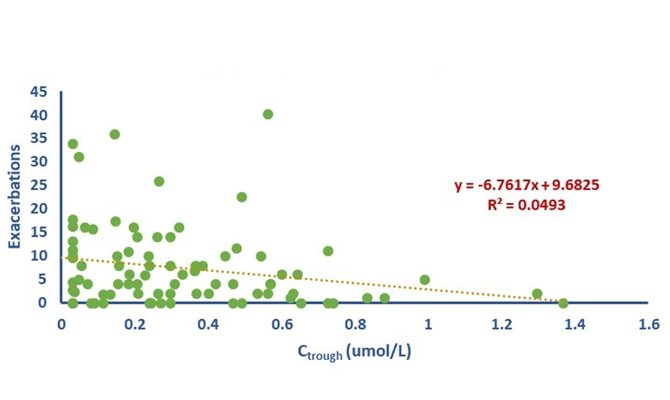An exposure response analysis is perhaps the best way to establish Proof of Concept (PoC). It is equally effective to establish causality for safety and to demonstrate proof of efficacy. It is surprising how it is seldom used to establish efficacy or causality for safety. We have used it in both situations.
The clinical development for a Sponsor was put on a partial clinical hold in the light of some limiting toxicity that became apparent in rhesus monkey studies. We worked with our clinical pharmacology partners and conducted an exposure response analysis to evaluate causality. We were unable to establish that the drug was not causally associated with the adverse finding. This is not unusual, as the adverse event of interest is dichotomous – present or absent and infrequent. Yes, there can be some limitations to evaluating causality.
For proof of concept, however, an exposure response analysis can be invaluable. On the exposure side, the greater the spread in the PK parameter of interest the better. This might be possible with just one dose arm, if the coefficient of variation (CV) for the PK parameter is large. If the CV is narrow, then multiple dose arms for PK help. The advantage of exposure response over a dose response is two-fold: a dose cannot, typically, result in efficacy independent of exposure, and one dose arm gives many exposures, increasing the power manifold. For the response parameter, a continuous (>discrete>rank>categorical) variable helps most. Ideally, the response parameter must be one which has a narrow standard deviation, such that the sample size can be decreased, or must be predictive of a long term outcome, such that the trial duration may be decreased.
An exposure response analysis works best for small molecules. A biologic, typically, has a narrower CV, being limited largely to the intravascular compartment and an exposure response analysis may require more than one dose arm. For cell therapy, all bets are off, really. But we have been working a lot on cell therapy and will have more to share in another blog post.
For more blogs, please visit: https://www.rxmd.com/insights

